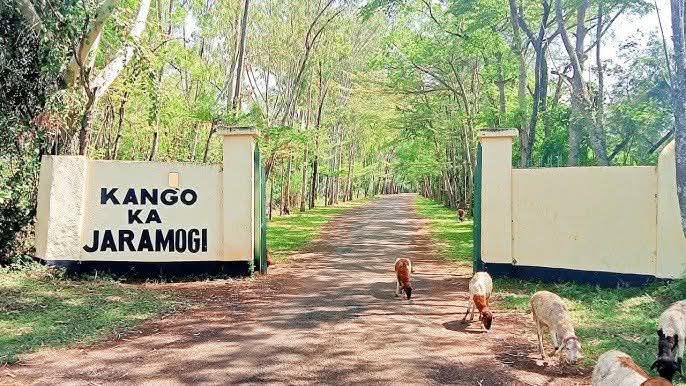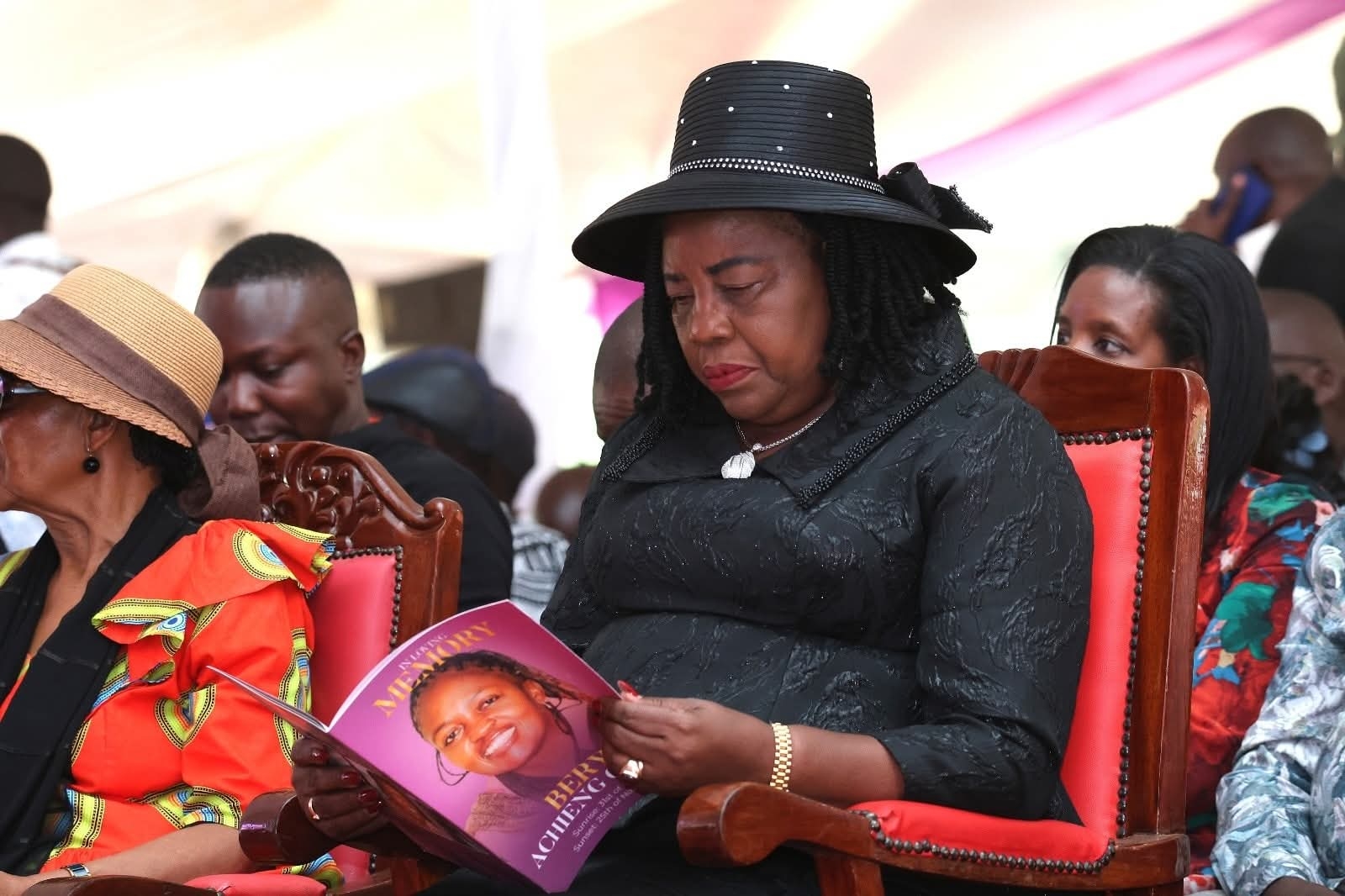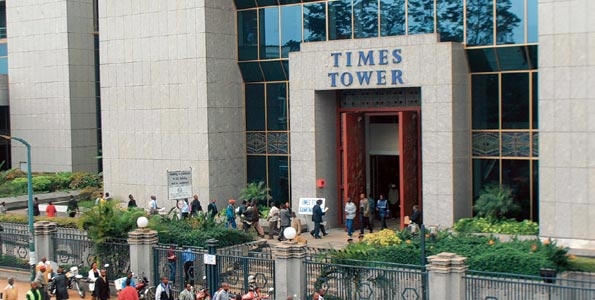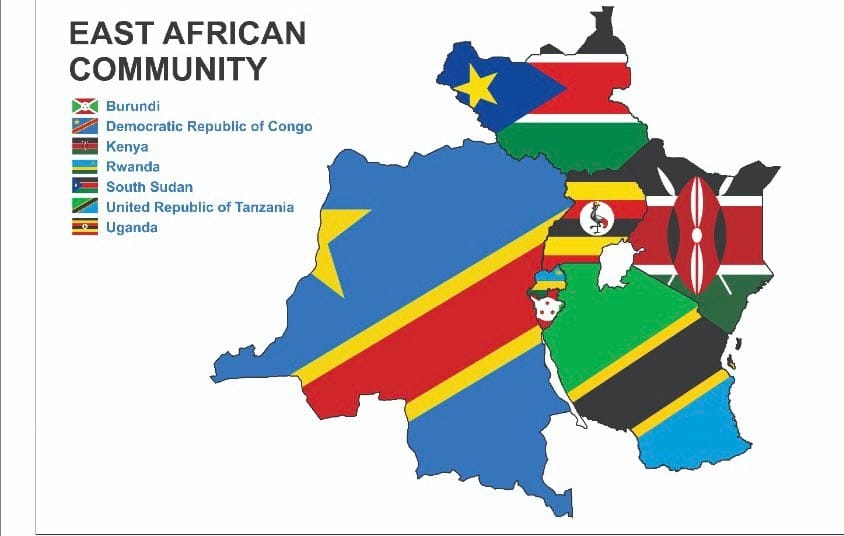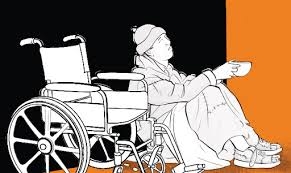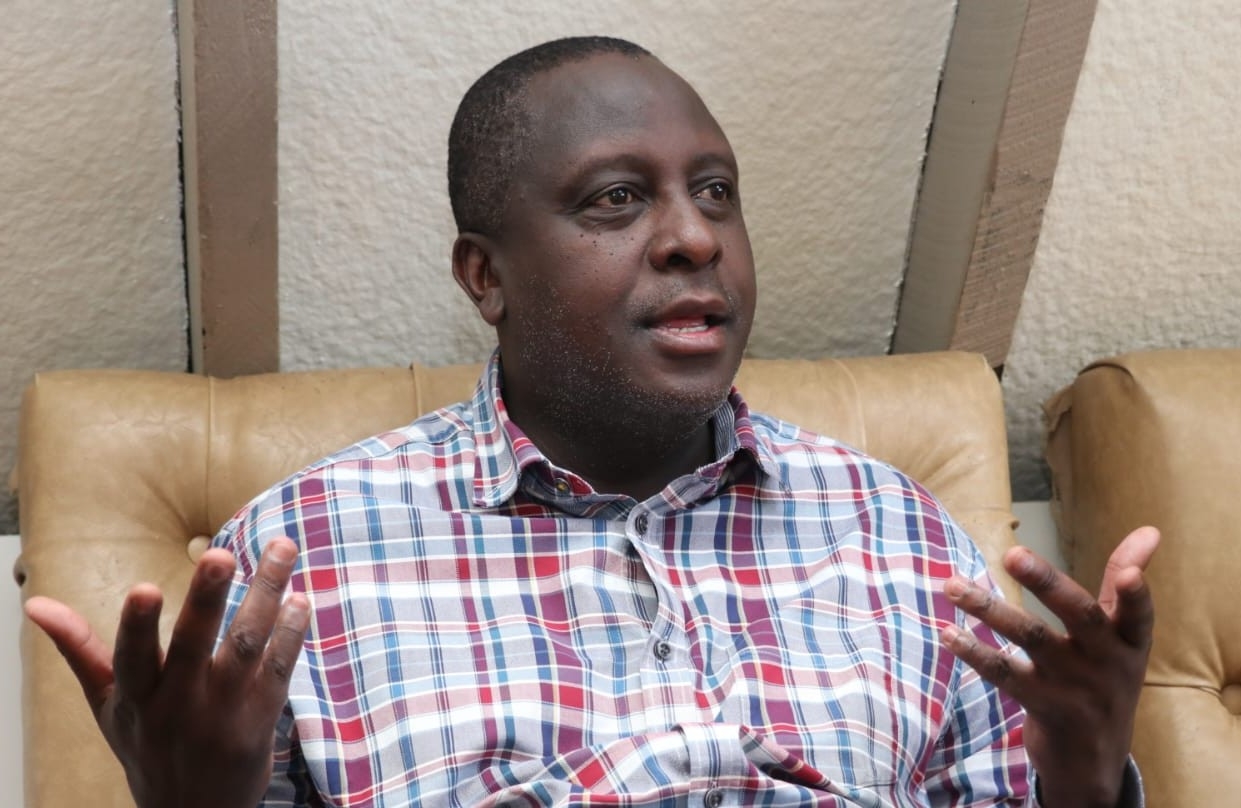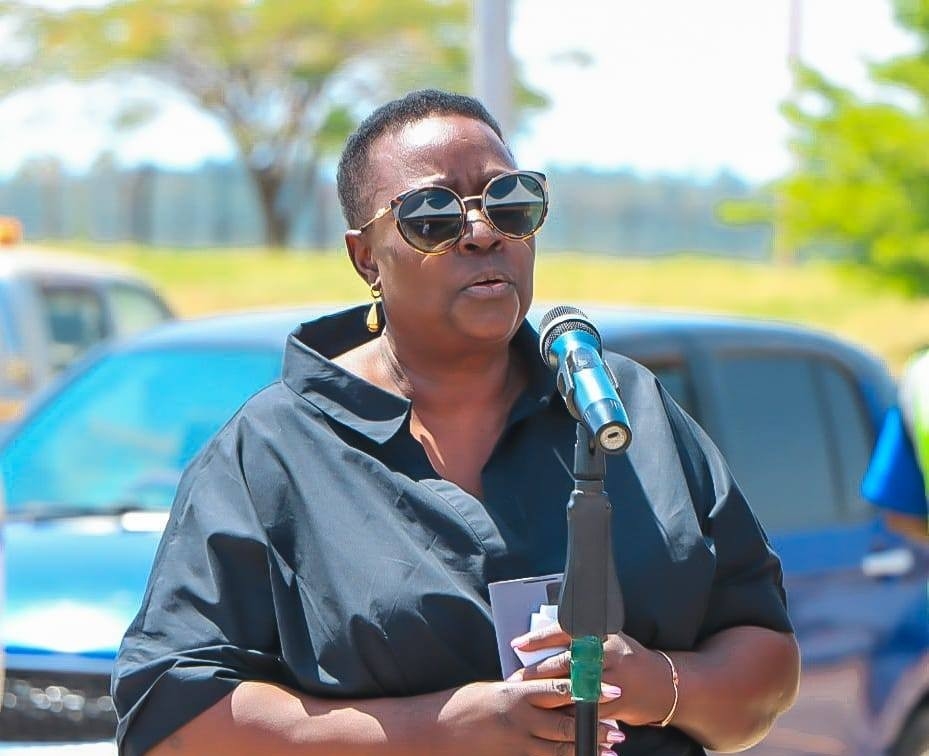The current pace in powering households is not fast enough to meet the Sustainable Development Goal 7 on energy provision for all by 2030, World Bank has said.
In its 2023 sustainable development goals outlook report, the lender says despite states in Sub-Sahara Africa, for instance, making tremendous progress in electricity access in the past two decades, the pace is still slow.
"The access rate has risen from 25 per cent in 2000 to 48 per cent in 2020. However, the states will have to double their efforts to bring electricity to all by 2030," World Bank says.
Established by the United Nations General Assembly in 2015, SDG 7 aims to ensure access to affordable, reliable, sustainable and modern energy for all.
The lender further notes that global access to electricity is also increasing at a slow pace.
“The share of the global population with access to electricity increased from 78 per cent in 2000 to 91 per cent in 2020.”
However based on current trends, it says this figure is expected to rise only marginally from 91 per cent in 2020 to 92 per cent by 2030.
In Kenya, data by the lender shows 71 per cent of population had access to electricity in 2021, compared to about 14 per cent in 2000.
World Bank reiterates that one out of two people in Sub-Saharan Africa lacked access to electricity in 2020, stressing the need to more than double the efforts to meet the SGD 7.1 by 2030.
It identifies the conflicting challenge poor states often face of bringing electricity to all, and at the same time increasing the proportion generated using renewable sources to reduce greenhouse gas emissions, noting that both targets must be addressed simultaneously.
“The urban-rural gap in access to electricity is also another significant concern that needs accelerated intervention,” the lender adds in part.
“Closing the urban-rural gap in low- and lower-middle-income countries, particularly in Sub-Saharan Africa, is key to achieving the development goal.”
The outlook report identifies a stark divide in global access to electricity between urban and rural areas.
In 2020, close to 733 million people worldwide lacked access to electricity, with around 80 per cent of them found to be living in rural areas.
This is most evident in Sub-Saharan Africa, where almost 60 per cent of people live in rural communities, the lender says.
“In this region, the proportion of residents with electricity was 28 per cent in rural areas compared to 78 per cent in urban areas in 2020. Overall, in Sub-Saharan Africa, approximately 476 million rural residents lack access to electricity.”



